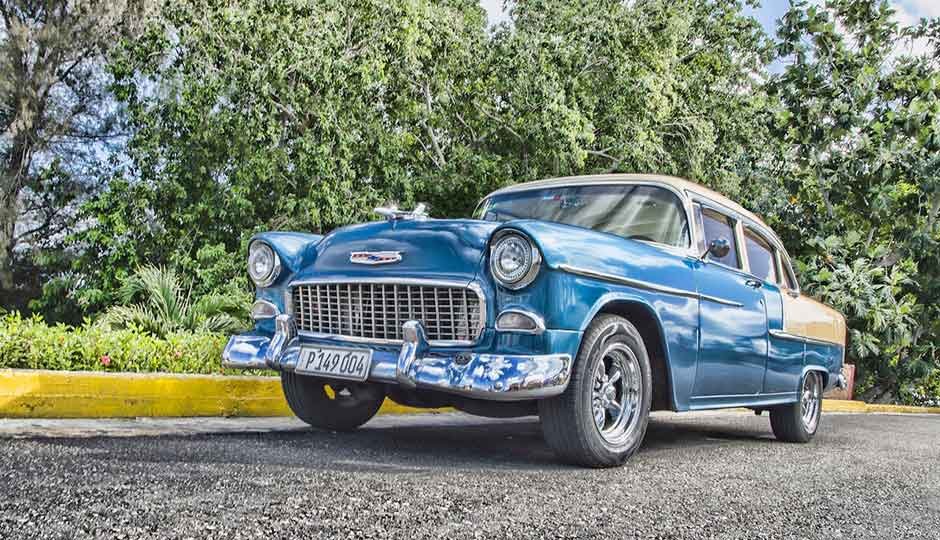Classic cars are more than just old machines. They hold stories, style, and, often, significant value. But figuring out the right insurance amount isn’t always simple. Unlike new cars, these don’t follow typical price guides. Many are one-of-a-kind or have been restored with care. That’s why it takes a closer look to get it right. Insuring them properly helps avoid future headaches. This guide breaks down the steps that matter most when deciding how much coverage your vehicle really needs.
Look Beyond Market Price Alone
Not all classic cars are created equal. Some may look the same on paper but vary wildly in real-world worth. Things like mileage, condition, and original parts change the value. Market price gives a starting point but not the full picture. Custom upgrades or limited editions can push values higher. It’s important to see the full scope, not just average listings. Proper value starts with a deeper dive into the car’s unique features and history.
Seek a Professional Appraisal
An expert eye can catch details others miss. Appraisers know what adds value and what takes it away. They check the car’s condition, rarity, and originality. Their report gives a fair value based on facts, not guesses. This number often becomes the backbone of a solid insurance plan. Having an official appraisal also helps in claims. It makes sure the payout reflects the car’s true worth, not just book numbers. A small investment in this step can prevent big losses later.
Don’t Skip the Policy Details
Some insurance plans use cash value, which lowers payouts due to age. That doesn’t work for rare or well-kept vehicles. Instead, coverage should reflect the agreed value—set upfront and clearly. This avoids arguing over worth after a loss. That’s where vintage car insurance makes a difference. It’s built for these types of vehicles, not daily drivers. Getting the policy details right ensures peace of mind. It turns coverage into protection, not just paperwork.
Factor in Restoration Costs
Restoring a classic car isn’t cheap. Paint, parts, and labor add up fast. If something happens, replacing those efforts costs more than just buying a used part. Insurance needs to reflect the full expense of bringing the car back to life. Even if it’s been done over time, those costs matter. Owners often pour money into upgrades that need to be protected. Leaving restoration out of the picture can lead to serious gaps in coverage.
Consider Rarity and Collector Demand
Some vehicles become more valuable simply because they’re hard to find. Limited runs, unique models, or special editions all play a role. Collector interest can also spike prices. If buyers are hunting for a specific car, its value rises. That demand should influence how the car is insured. A rare car doesn’t follow normal trends. It may need higher coverage to reflect its place in the market. Demand today could be even higher tomorrow, so insurance should keep pace.
Review Comparable Sales
Looking at what similar cars have sold for gives helpful insight. Auction results, dealer listings, and private sales show what buyers are paying. This real-time data often gives a better idea of value than outdated price books. Comparing cars with the same make, model, and condition builds a strong base for value. It’s important to use multiple sources. A single high or low price doesn’t tell the whole story. Trends from various places give a more stable estimate.
Think About Usage and Storage
How the car is used affects what it’s worth. A show car kept in perfect shape may hold a higher value than one that’s driven often. Storage matters, too. A car kept in a climate-controlled garage usually fares better than one exposed to the elements. These details help shape the insurance value. They tell insurers how the car lives, not just what it is. Conditions like these can support a higher or more accurate insured amount.
Match Coverage with Current Condition
An old appraisal may no longer reflect the vehicle’s current state. If the car’s been upgraded, restored, or damaged, its value shifts. It’s smart to update the policy to reflect those changes. Keeping insurance in step with the condition helps avoid issues during a claim. Don’t let outdated numbers limit payouts. Each change, even minor ones, can add up. Staying current makes the coverage stronger and the process smoother.
Conclusion
Setting the right insurance value isn’t just about numbers. It’s about understanding what makes a car special and protecting that fully. Classic vehicles come with passion, history, and investment. Getting coverage right means looking at the whole picture. From rare parts to restoration work, every detail matters. It’s not about overpaying—it’s about getting what the car deserves if something goes wrong. With smart choices and a little research, a classic car stays safe, valued, and ready for the road—or the next big show.






